Plastic Pollution Kills Millions of Animals Every Year
Published Jan. 7 2021, 11:10 a.m. ET
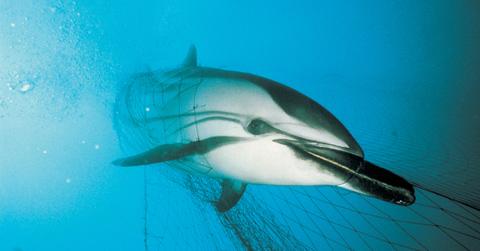
It’s an old and all-too-familiar image: seagulls and other marine animals with their necks caught in the plastic rings from soda cans. Plastic pollution has been a problem for almost as long as plastic has been around. It harms the environment and all the organisms that live there, strangling, choking, entangling, and starving everything from the largest mammals to the smallest crustaceans. It’s hard to know how many animals are killed by plastic pollution, but it’s safe to say that those numbers are still rising — and for reasons you might not expect.
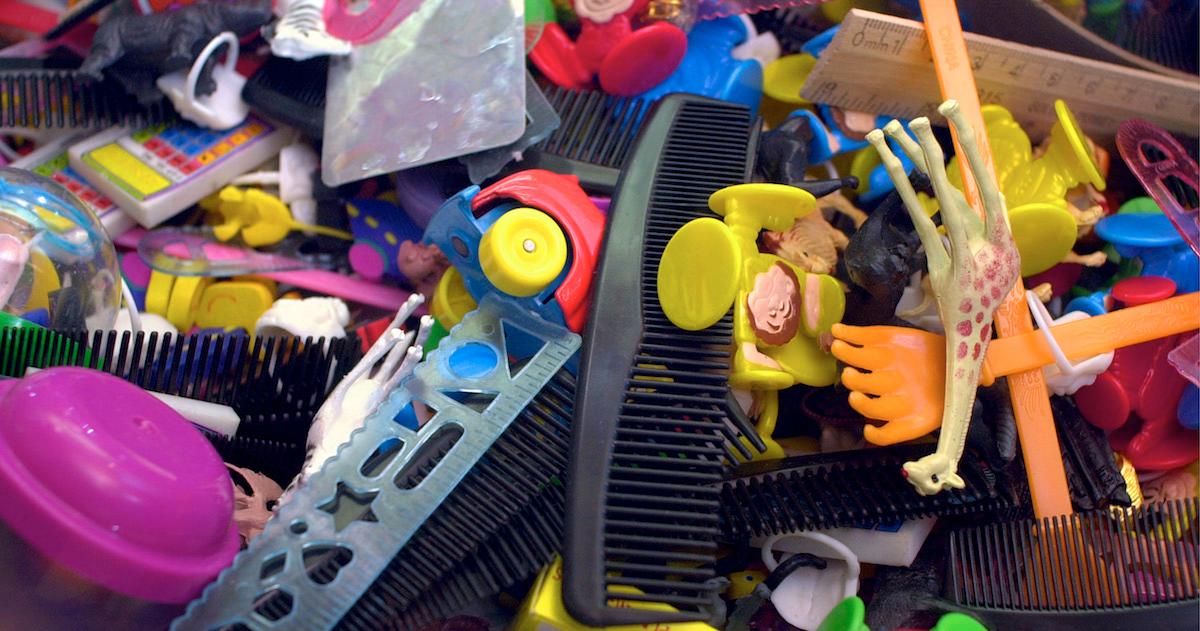
How many animals are killed by plastic pollution?
Ocean Crusaders reports that plastic kills 1 million sea birds annually, and that plastic entanglement alone kills an estimated 100,000 marine animals each year. This tracks with the info cultivated by Conserve Turtles, which indicates that more than 1 million marine animals (including birds, fish, sharks, sea turtles, and more) are known to be killed by either ingesting or becoming somehow entangled by plastic pollution.
These numbers aren’t exact, of course, but considering that there are 51 trillion pieces of plastic floating in the oceans alone, it means that untold millions of animals very likely meet their end as a result of our callousness.
To reiterate, plastic doesn’t just kill dolphins and sea turtles — it kills fish, crabs, coral, krill, and endless other marine species. It isn’t only soda can rings, straws, and crushed bottles either. Plastic wrap, disposable shopping bags, and old Ziploc storage bags are the ultimate “clear and present danger” of the Seven Seas. The unseen plastics are just as responsible as the rest. Microplastics account for untold amounts of animal deaths and these tiny plastic bits can’t even be seen by the naked eye.
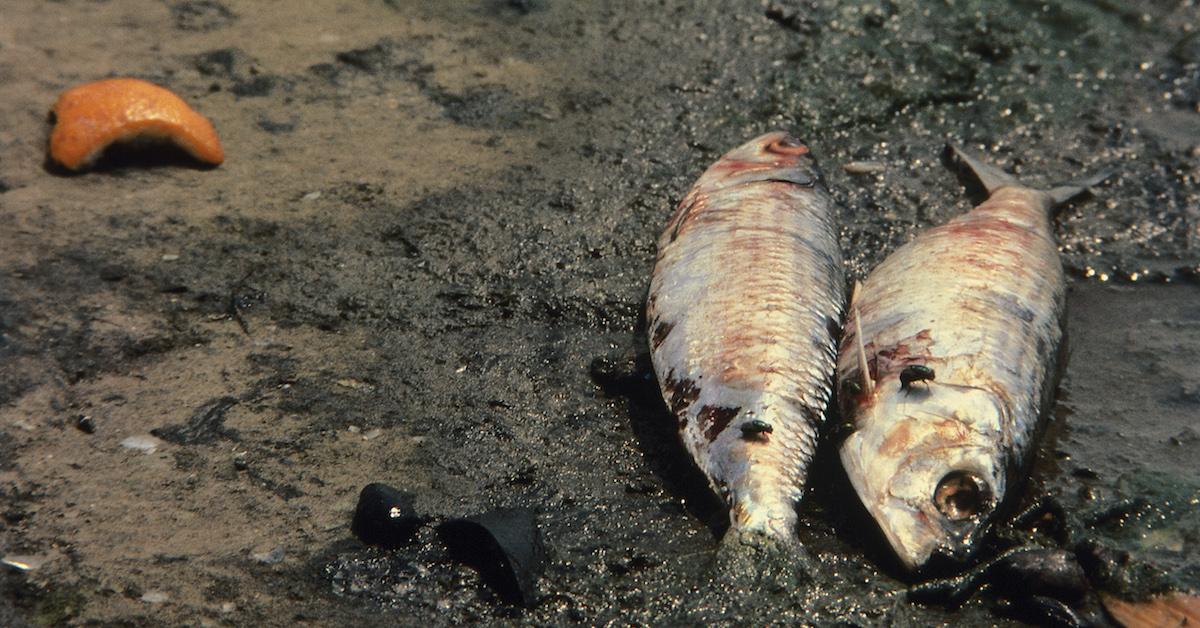
Are only marine mammals affected?
Land animals suffer just as much as marine ones when it comes to plastic pollution. According to The Independent, a Japanese Nara Park deer was discovered dead with 4.3 kilograms of plastic in his stomach, and the same problem has been occurring with deer in the U.K as well. Arabian camels also apparently find plastic to be tasty, as Sustainable Business Toolkit reported that half of these camels die each year from ingesting plastic bags.
The same is true for an Indian elephant who died in 2018 from eating plastic shopping bags and eight African elephants who died in 2016 after eating plastic bread bags. Despite the intelligence of some of these animals, they don’t know that the bags aren’t food. It’s the same terrible fate that’s befallen thousands of whales, dolphins, seals, and sea turtles.
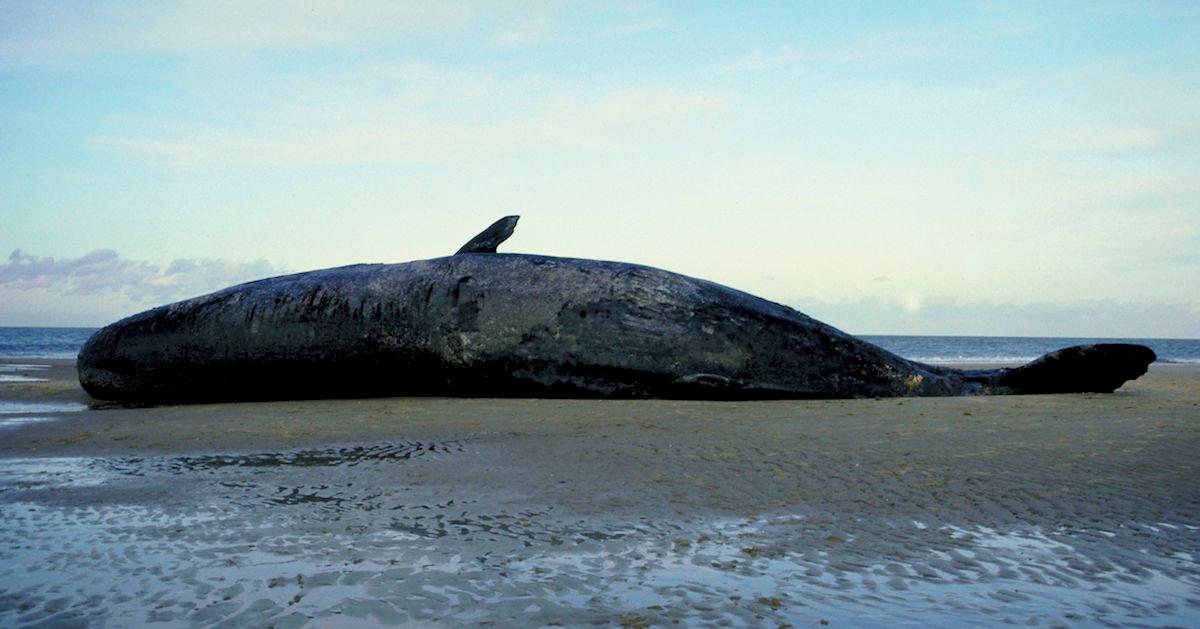
Why do marine animals eat plastic?
As far as marine animals are concerned, they’re just eating very bland jellyfish or squid. It’s not hard to believe — a ballooned plastic bag filled with water might be quite appetizing to an animal that can’t tell the difference. According to EIA International, it’s estimated that 56 percent of the planet’s whale, dolphin and porpoise species have consumed plastic. Mammals aren’t the only marine animals eating plastic, either.
Science recently reported that fish larvae are four times more likely to eat microplastic than actual food. Where do these microplastics come from you may ask? Well, they come from all the floating plastic that doesn’t end up in the bellies of whales.
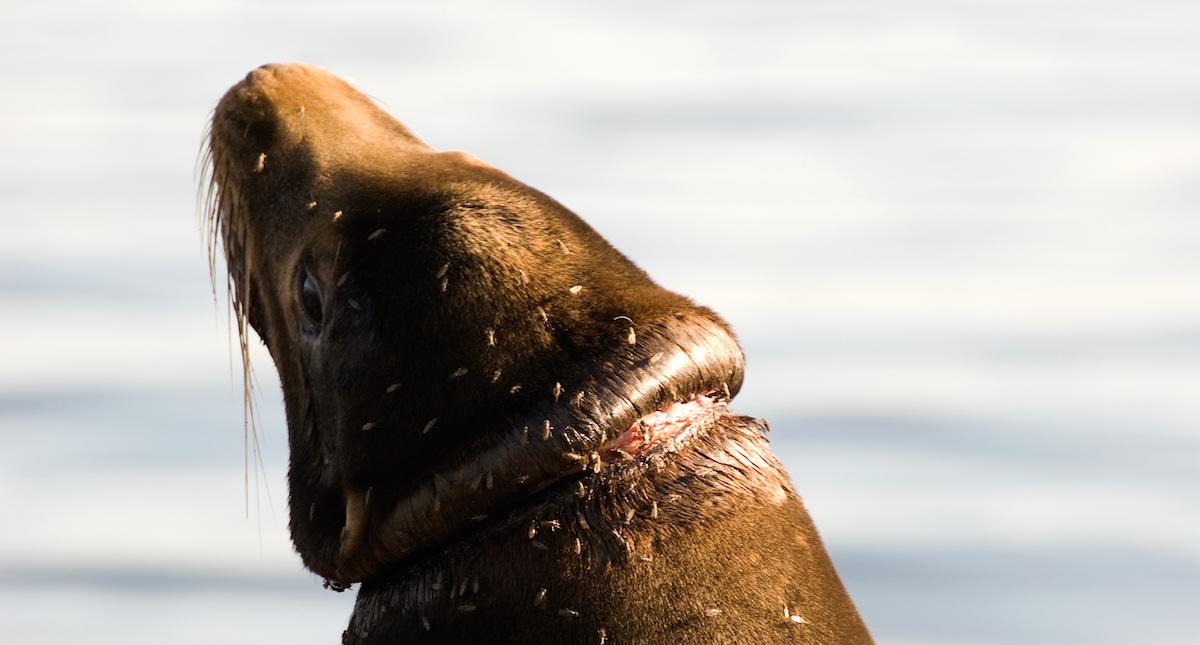
Is it just eating plastic that kills animals?
Eating plastic is bad, but it isn’t the only thing about plastic that kills animals. According to the World Wildlife Foundation (WWF), plastic pollution affects ocean mammals through entanglement as well. These entangling plastics aren’t just from soda cans or plastic bags, the worst offenders come from abandoned fishing gear. Nets, fishing lines, and other lost or jettisoned detritus choke and entrap ocean animals.
Marine animals that become trapped cannot find food, cannot find shelter, and trapped birds or mammals cannot swim up to the surface for air. Even if the plastic is removed, the deep cuts it can make in flesh can become infected or draw the attention of predators. It’s a dreadful fate, and with an estimated 640,000 tons of “ghost fishing equipment” floating in our oceans, it's a fate that will likely affect millions of living things.
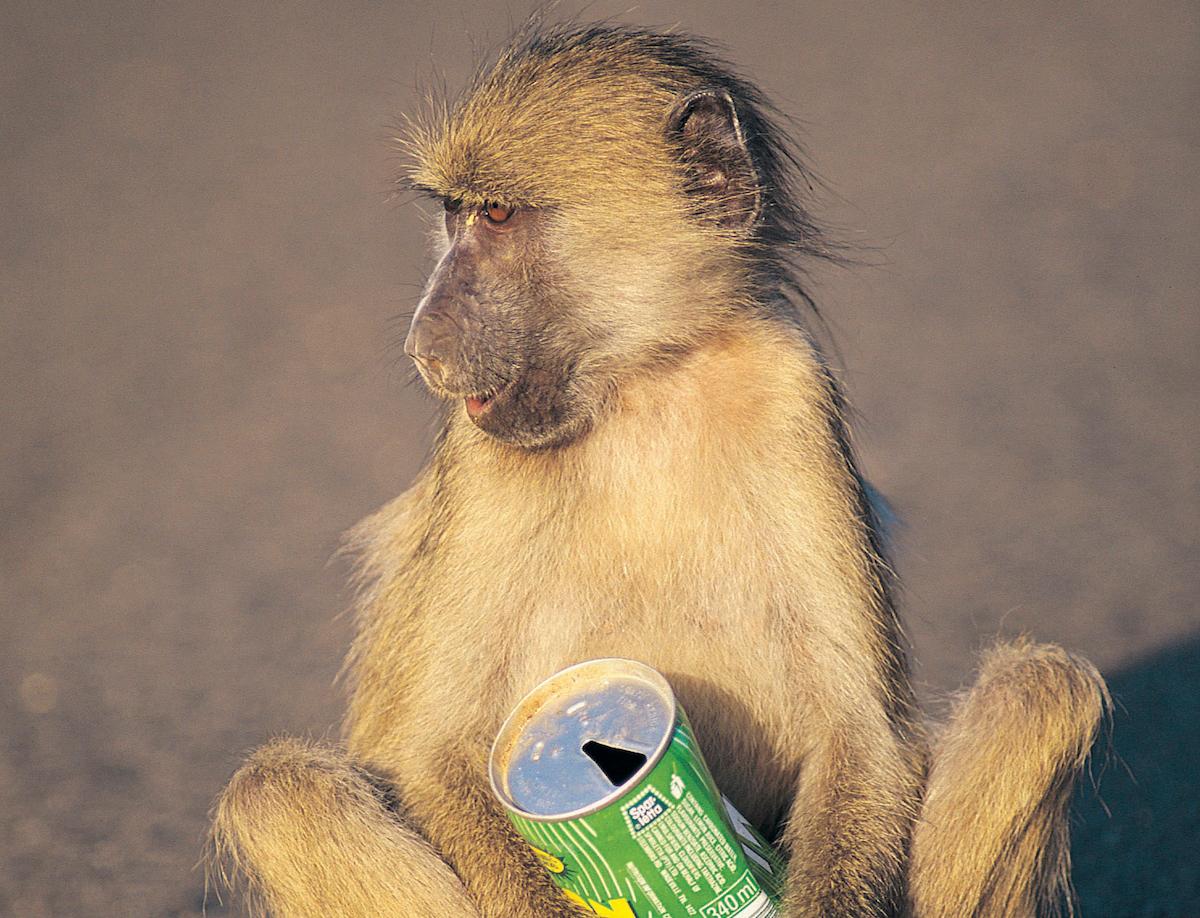
Will the plastic go away?
We regret to inform you that this problem is not about to go away anytime soon. Despite the best efforts of some to clean up the Great Pacific Garbage Patch or the ingenuity of those who have tried to find new ways to repurpose old plastic, the problem persists. Plastic does not decompose like organic material. Instead, it breaks down into deadly plastic microbeads, creating an entirely new set of problems.
After this transformation, the plastic is then ready to kill in new and subtler ways. These microbeads often become ingested by animals or by humans, resulting in various cancers, clogged digestion systems, and slow, agonizing demises. They can also be absorbed into the water table and have been known to spray down like rain.
How can you help?
Using less plastic is the name of the game here. It’s easy enough to eliminate unnecessary and disposable plastics like cups, plates, cutlery, straws, and shopping bags from your life, as well as stopping eating fish and other sea animals. These small changes can make a big difference, as can recycling, or volunteering to help clean up a park, beach, or wetland near your home.
Every little bit makes a difference, and every piece of plastic you don’t throw away might help save a life one day. It could be a big life, like that of a majestic whale, but even saving the tiny life of a budding fish larva will do some good.